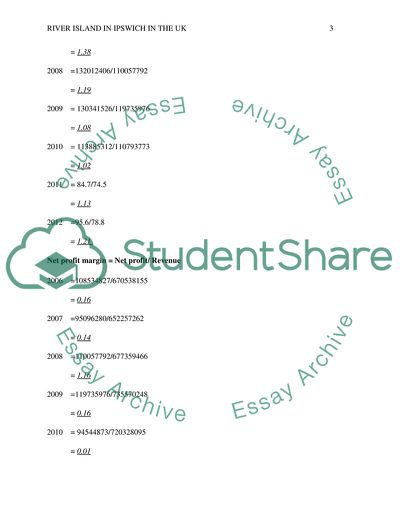River island in Ipswich in the UK Essay Example | Topics and Well Written Essays - 750 words. https://studentshare.org/finance-accounting/1820946-river-island-in-ipswich-in-the-uk
River Island in Ipswich in the UK Essay Example | Topics and Well Written Essays - 750 Words. https://studentshare.org/finance-accounting/1820946-river-island-in-ipswich-in-the-uk.


